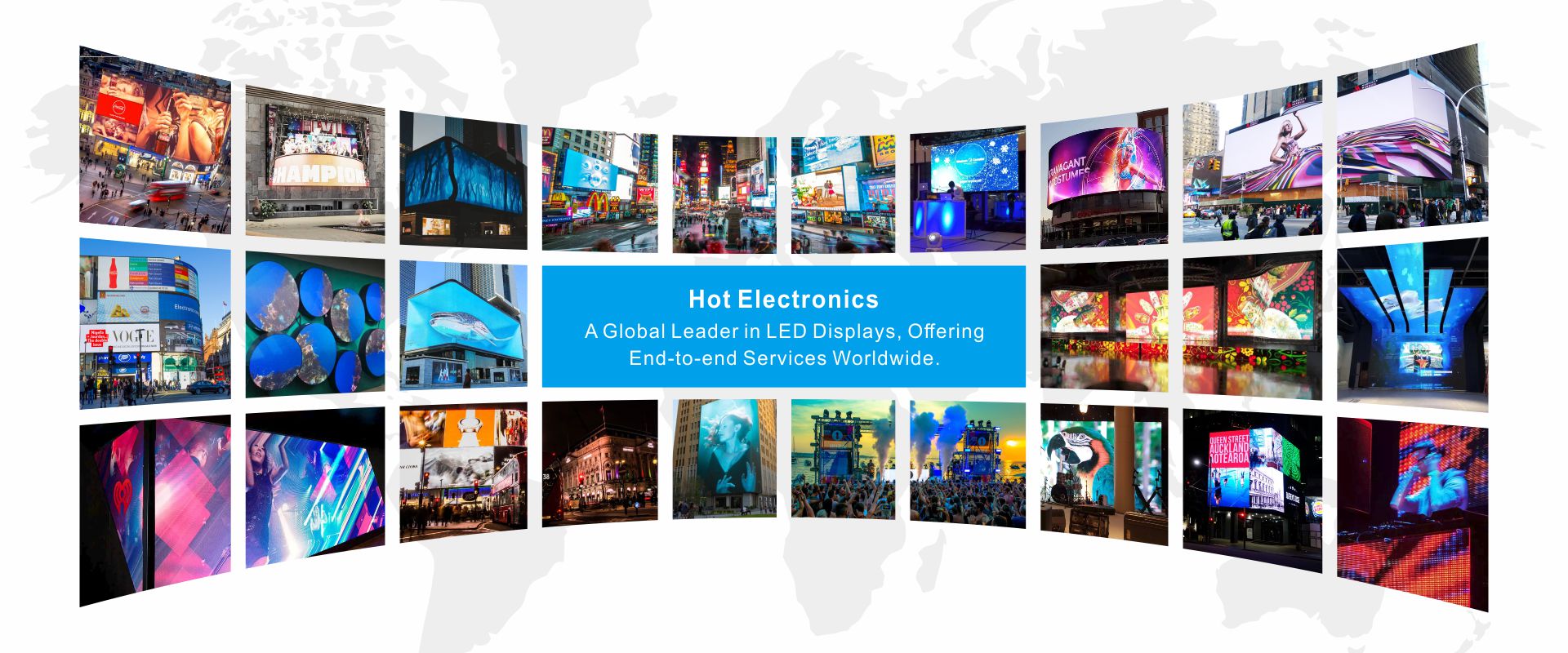In the dynamic world of visual technology, LED display screens have become ubiquitous, enhancing the way information is presented and creating immersive experiences. One crucial consideration in deploying LED displays is determining the optimal size for various applications. The size of an LED display screen plays a pivotal role in ensuring effective communication, visibility, and overall impact. In this article, we delve into the factors influencing LED display size and provide insights into making informed decisions.
The first and foremost consideration when determining the size of an LED screen is the viewing distance. The relationship between screen size and viewing distance is crucial in achieving optimal visual impact. For instance, in large venues such as stadiums or concert arenas where the audience is seated far from the screen, a larger display is essential to ensure clear visibility of content. Conversely, in smaller spaces like retail environments or control rooms, a more moderate screen size may suffice.
Another key factor is the intended use of the LED display. For advertising and promotional purposes, larger screens are often preferred to capture the attention of passersby and convey messages effectively. In contrast, for informational displays in airports, train stations, or corporate settings, a balance between size and proximity is crucial to facilitate easy readability without overwhelming the viewer.
The resolution of the LED display is a critical aspect related to size. A larger screen with a higher resolution ensures that content appears sharp and vibrant, even at closer viewing distances. This is particularly important for applications where detailed images or text are displayed, such as in command centers or conference rooms. Striking the right balance between size and resolution is essential to maintain visual clarity.
What Should Be the Led Screen Size?
It is very crucial to know screen sizes while choosing screen resolution.
The aim here is to prevent poorly detailed images or unnecessarily high resolutions (in some cases it may vary depending on the project). It is pixel pitch that determines the screen resolution and gives the distance between the LEDs in millimeters. If the distance between the LEDs decreases, the resolution increases, while if the distance increases, the resolution decreases. In other words, in order to get a smooth image, a small screen should be at a higher resolution (a minimum of 43,000 pixels is required to display a standard video in order not to lose details), or vice versa, on a large screen, the resolution should be reduced to 43,000 pixels. It should not be forgotten that Led screens displaying video at normal quality should have at least 43,000 physical pixels (real), and a high-resolution LED screen size should have at least 60,000 physical pixels (real).
Large Led Screen
If you want to put a large screen in a short sight (for example, 8 meters), we recommend you to use a LED screen with virtual pixel. The virtual pixel number is calculated by multiplying the physical pixel number by 4. This means that if a led screen has 50,000 physical (real) pixels, there are 200,000 virtual pixels in total. In this way, on a screen with a virtual pixel, the minimum distance of view is reduced to the half compared to the screen with a real pixel.
How Is Viewing DistaThe nearest viewing distance which is the distance of the nearest viewer to the screen is calculated by the hypotenuse.
How can I calculate the hypotenuse? The hypotenuse is calculated by Pythagorean theorem as follows:
H² = L² + A²
H: Viewing distance
L: Distance from floor to screen
H: Height of screen from floor
For example, the viewing distance of a person 12m above the ground and 5m away from the screen is calculated as:
H² = 5² + 12² ? H² = 25 + 144 ? H² = 169 ? H = ?169 ? 13m
Environmental factors must not be overlooked when determining the size of an LED display. In outdoor settings, such as digital billboards or stadium screens, larger sizes are often necessary to grab the attention of a larger audience. Additionally, outdoor displays must be equipped to withstand varying weather conditions, further influencing the choice of size and materials.
In conclusion, the optimal size for LED display screens is a multifaceted decision that depends on factors such as viewing distance, intended use, resolution, aspect ratio, and environmental considerations. Careful consideration of these factors ensures that the chosen size aligns with the specific requirements of the application, delivering an impactful visual experience. As technology continues to advance, finding the right balance between size and functionality will be crucial in harnessing the full potential of LED display screens across diverse industries.
For more detailed information on virtual pixel technology, you can contact us: https://www.led-star.com
Post time: Nov-14-2023

